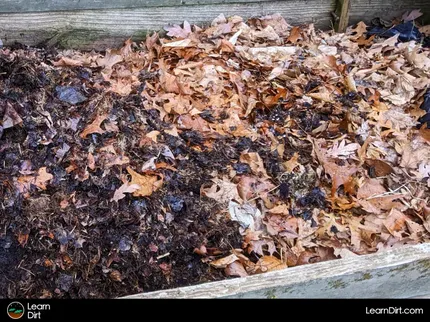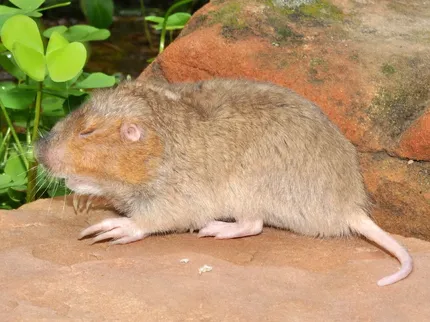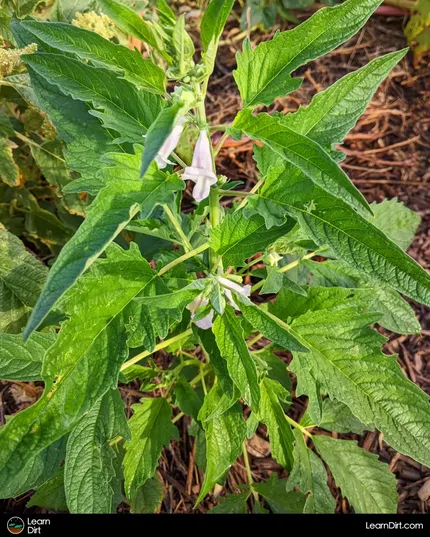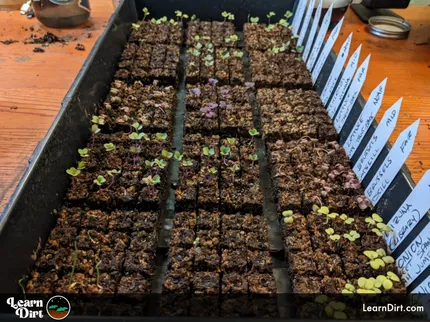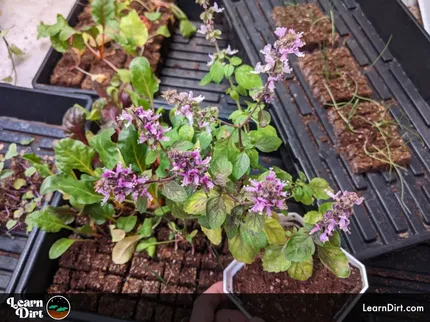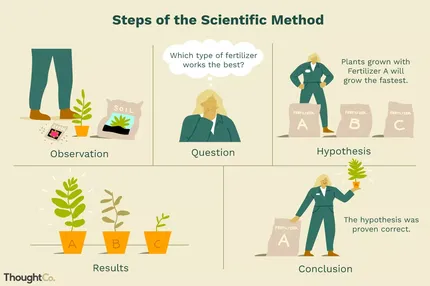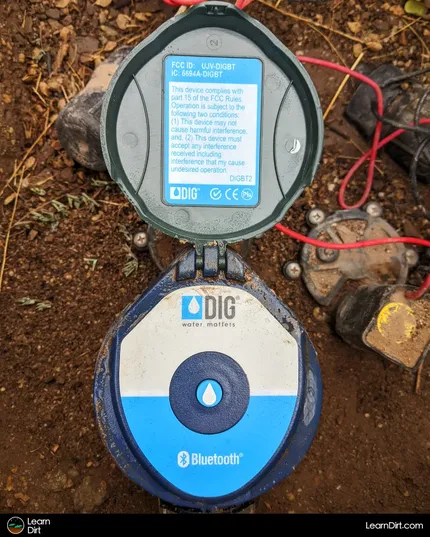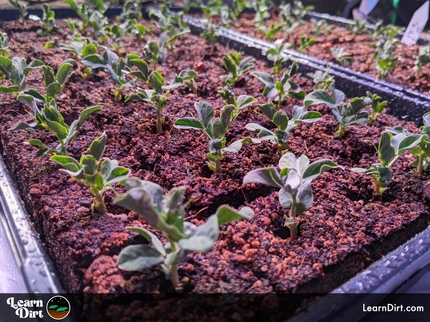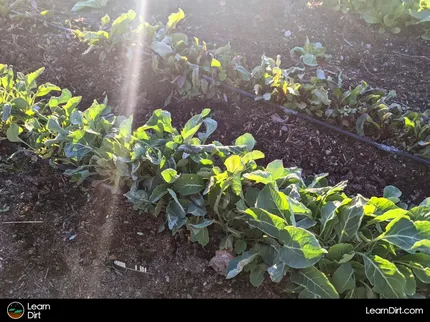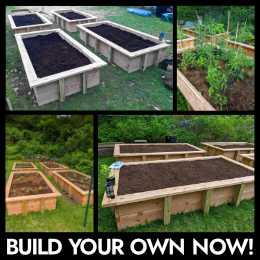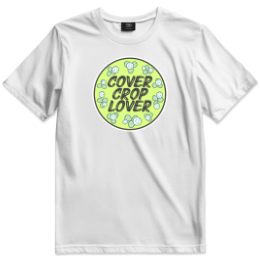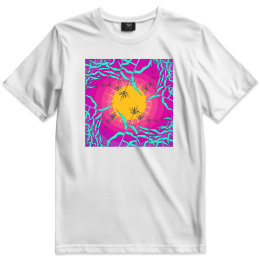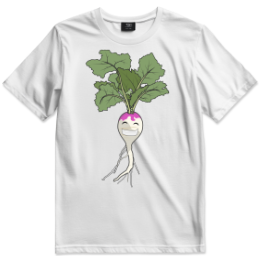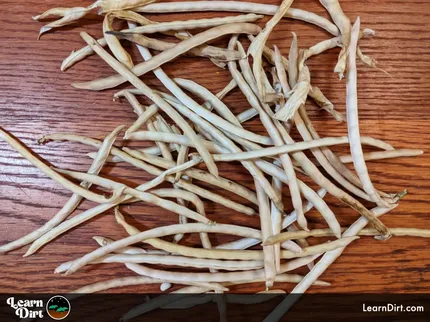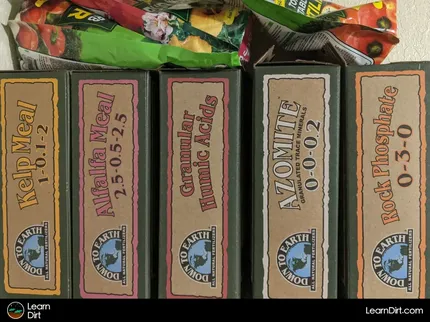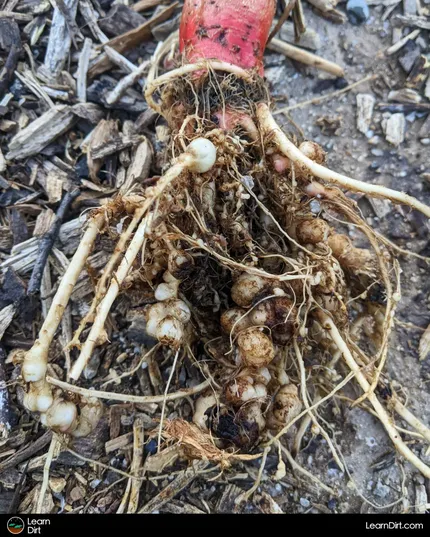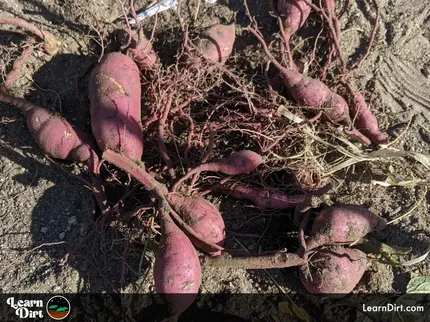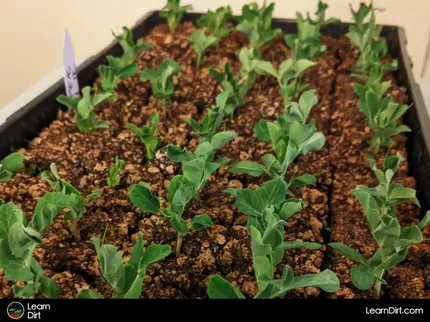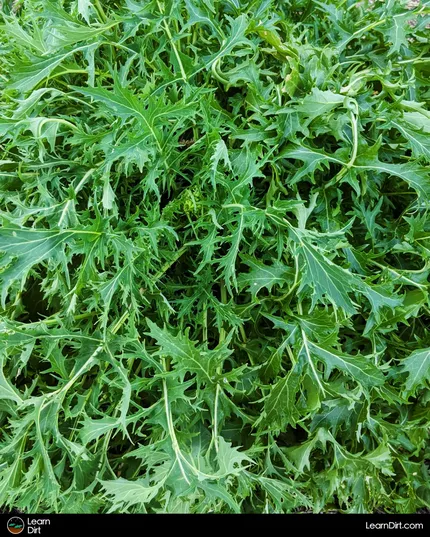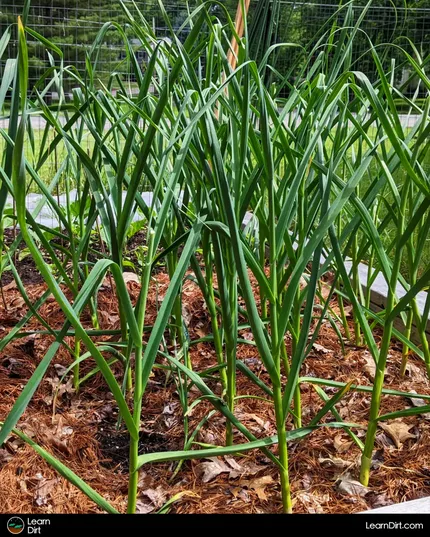If you're not already familiar with the reasons and thinking behind garden experimentation, check out our article: Adopting an Experimental Mindset in the Garden and then come back here for practical implementation.
The Scientific Method
If you haven't been in science class in a while, you may be a bit rusty on your understanding of the scientific method - the technique used in the sciences for experimentation, explanation, and the deriving of tested conclusions.
The scientific method lies at the heart of garden experimentation, and can be used to verify or disprove our hypotheses about how our garden ecosystems are functioning - and importantly for identifying ways to improve.
Disclaimer: This post may contain affiliate links. Refer to the privacy policy for more information.
Scientific Method Steps
- Observation
- Question
- Hypothesis
- Experiment
- Analysis
- Conclusion
Then at the end of a full cycle, the process is refined and iterated upon until/unless the hypothesis is proven to be accurate.
Let's look at each step in more detail to understand its implementation:
Observation
E.g.: you observe that my broccoli has aphids
Question
A scientific question must be well-defined, testable, and measurable.
E.g.: you wonder what the most effective way to reduce aphid numbers organically is.
Hypothesis
A hypothesis is essentially an assumption - held to be (potentially) true, while acknowledging that it has not yot been proven.
Join The Grower's Community
Your space to connect, learn, and belong 🌱
Check It Out!
E.g.: you hypothesize that introducing ladybugs will be an effective solution to the aphid problem.
Experiment
E.g.: you introduce ladybugs
Analysis
E.g.: you count the average number of aphids on your broccoli leaves and observe whether they have been reduced.
Conclusion
You decide based on your data analysis whether the ladybugs were effective at reducing the aphid numbers.
Scientific Method Application in Gardens
The best way to illustrate how the scientific method can be applied to gardening is through example.
Let's look at a few hypothetical scenarios across a range of different subsets of gardening so that you can visualize its usefulness.
That's all for now, thanks for reading!
If you have any questions, comments, or would like to connect with fellow gardeners, head on over to the forum and post there.
![Don't Till Away Your Carbon [Neon]](/media/product_images/dont-till-away-your-carbon-[neon]_shirt_260x260.png)

![Black Dirt Live Again [Purple]](/media/product_images/black-dirt-live-again-[purple]_shirt_260x260.png)
